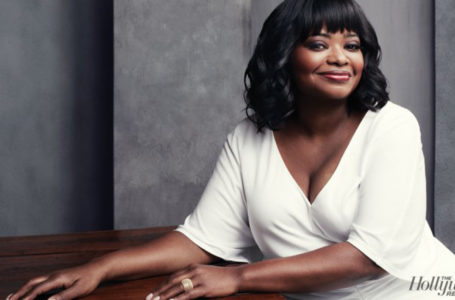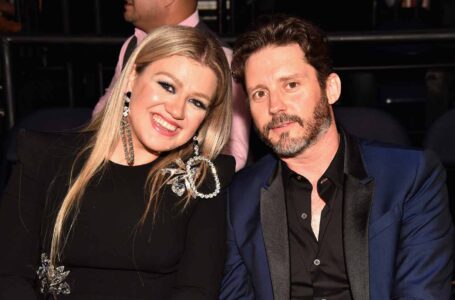A Los Angeles federal judge has rejected an effort by the celebrity blogger known as Perez Hilton to dismiss a copyright infringement lawsuit brought by paparazzi Web site X17.com, finding claims for misappropriation of “hot news” encompass photographs as well as words and survive Copyright Act preemption.
X17 sued Hilton, whose real name is Mario Lavandeira, in December after the blogger allegedly ignored warnings by the photo agency to stop using its celebrity images without permission.
The popular site, perezhilton.com, features photos with Lavandeira’s comments and drawings, such as white drops of drool on a celebrity’s mouth.
X17 originally filed suit for copyright infringement and later added a second claim of “hot news misappropriation” for the publishing of time-sensitive information.
X17 claimed not only was Lavandeira violating its copyrights, he was also harming its business by publishing certain photos before X17, such as the first sighting of Britney Spears after Spears had her second child.
Lavandeira argued the Copyright Act preempted such misappropriation claims, but U.S. District Court Judge Gary Feess disagreed.
“The ‘hot news’ tort is a particularly hardy species of the common law tort of unfair competition through misappropriation that — at least in some jurisdictions — has managed to survive even after the 1976 amendments to the Copyright Act preempted most misappropriation claims,” Feess wrote in a decision issued Friday.
The court relied on the 2nd Circuit Court of Appeal case, National Basketball Association v. Motorola, Inc., 105 F.3d 841 (1997), in which the justices explained the claim was not preempted if it contained three extra elements not essential to a copyright infringement claim, including “… the time sensitive value of factual information … the free-riding by a defendant and the threat to the very existence of the product or service provided by the plaintiff.”
X17, the judge concluded, had viable claims under those three elements because the celebrity photos are as time sensitive as words or data.
Lavandeira argued that another case, Balboa Insurance Co. v. Trans Global Equities, 218 Cal.App. 3d 1327 (1990), found California does not recognize a hot news tort and that Copyright law preempts the tort.
“Lavandeira is incorrect,” Feess wrote, adding “the case had nothing to do with ‘hot news.’ Rather, the case involved a claimed misappropriation of the contents of a computer program, which do not derive their value from their time-sensitive nature.”
The case, Feess concluded, “strongly indicates that California court would uphold the ‘hot news’ tort” and affirms that state law recognizes the misappropriation tort broadly.”
Lavandeira also argued the cases endorsing the tort involved raw data or purely factual information that could not be protected under Copyright Law, unlike photos.
Feess also rejected this contention.
“First, the tort is conceptually broad enough to include photographs, particularly because the Supreme Court has referred to photographs as conveying ‘information,’ ” Feess wrote. “Second, the suggestion that the material at issue must be ‘uncopyrightable’ seems merely to import Lavandeira’s continuing misconception of the two requirements of copyright preemption — the lack of either of which will suffice to save a state cause of action — into the discussion of the hot news tort’s substantive requirement.”
Feess concluded that X17’s claims are “reasonably clear” but declined to suggest whether the photo agency would prevail in its claims.
“X17 thus adequately states the hot news claim (notwithstanding any irony in the suggestion that Ms. Spears’ travails qualify as newsworthy),” Feess wrote.
Lavandeira is represented by Bryan Freedman of Freedman & Taitelman.
Freedman said he was not disappointed with the decision because X17’s arguments will bolster Lavandeira’s fair use defense. “One of the reasons to file the motion to dismiss wasn’t just solely to prevail, but to glean some admissions of the fair-use defense” under the Copyright Act, he said. “We think we got incredible admissions in (X17’s) opposition, including that they find the pictures our client uses on the Web site to be newsworthy, which is one of the elements required under fair use.”
X17 is represented by John Tehranian of Turner Green Afrasiabi & Arledge in Costa Mesa, Calif.
The case is X17 Inc. v. Lavandeira, 06cv7608.




